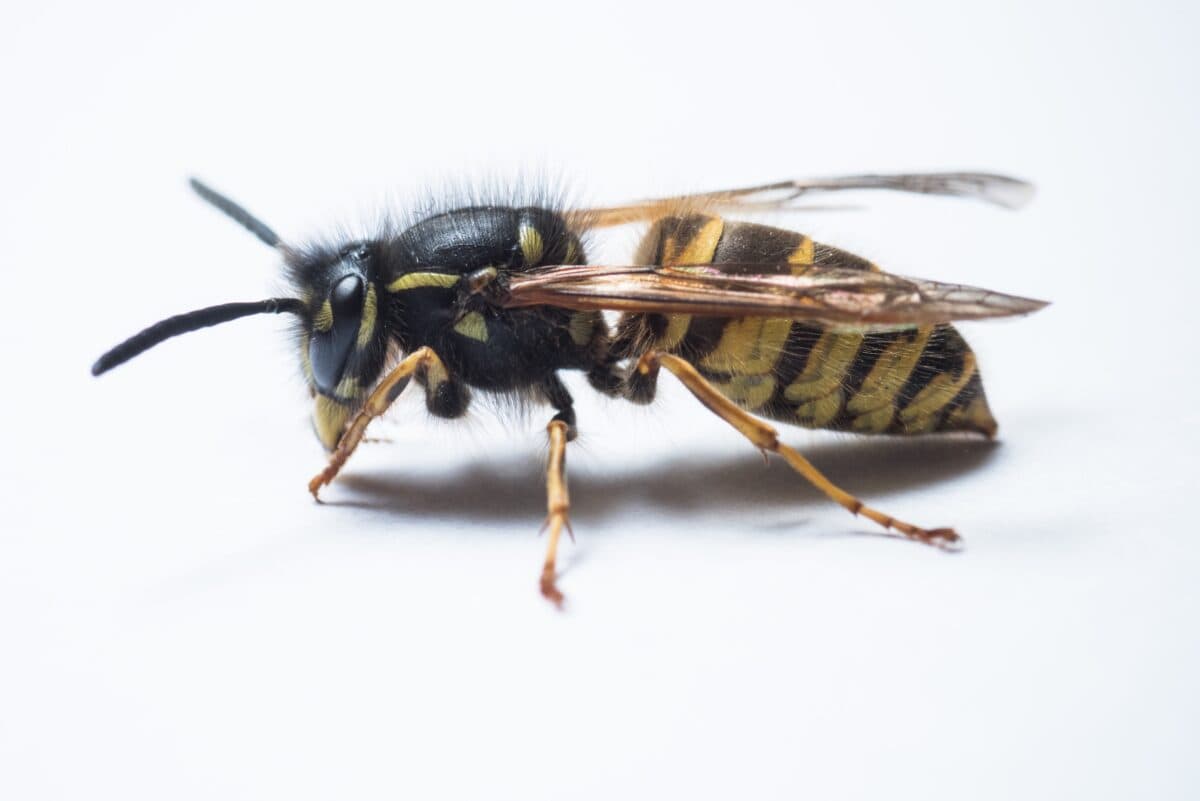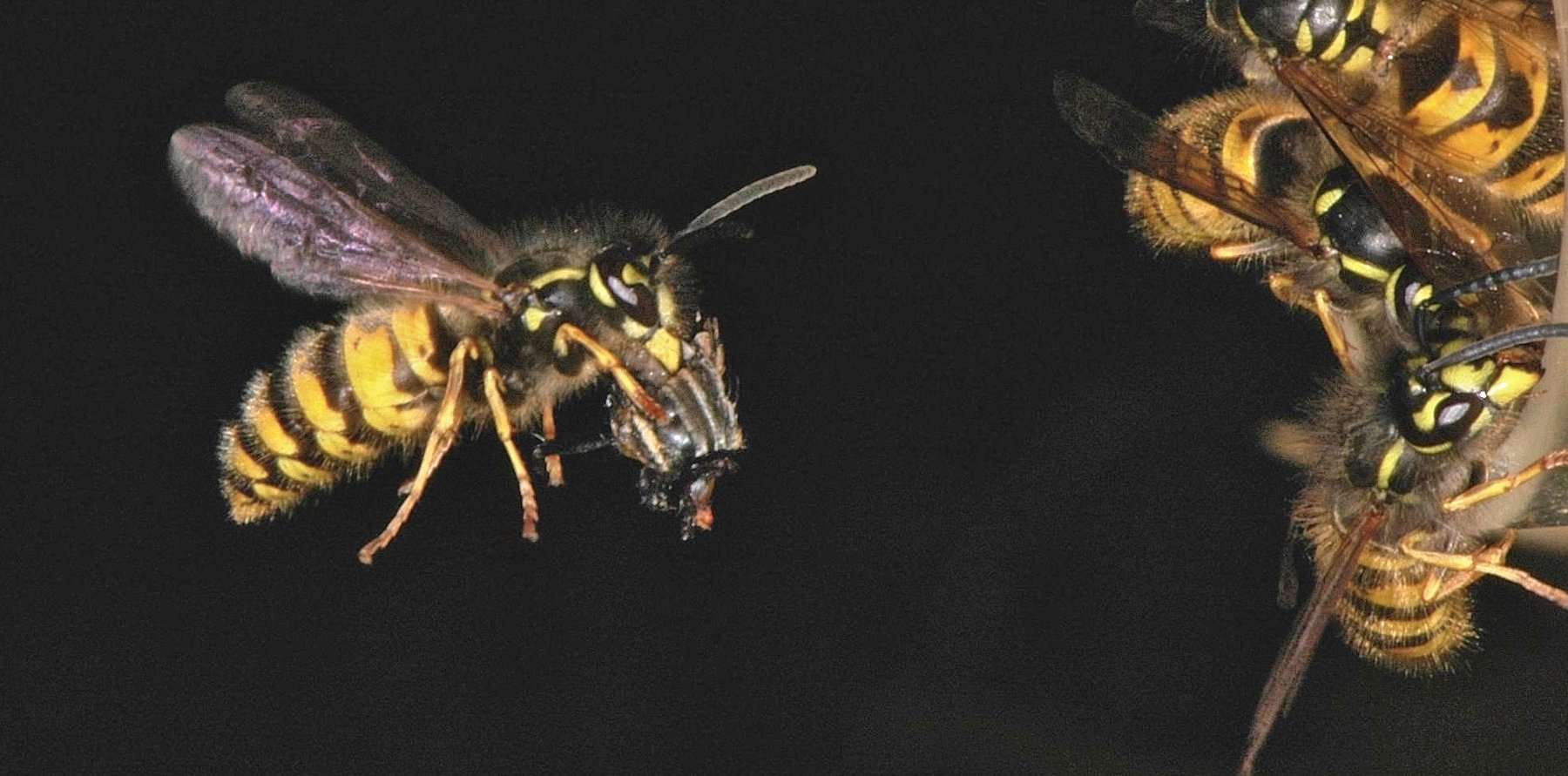A gene drive is both a natural process and a genetic engineering technology where a gene is promoted or favoured during reproduction—instead of there being a “chance” of an offspring inheriting a gene, gene drives almost guarantee that the offspring (and subsequent offspring) will inherit that gene.
Gene drives could be designed to help mitigate invasive organisms and diseases. For example, a gene drive has been proposed that would reduce malaria cases in humans by introducing genes into mosquitoes that would hinder the transmission of the malaria parasite.

In New Zealand, gene drives may be a solution for managing pests like the invasive social wasp (Vespula vulgaris).
“We know we can target several genes that would stop sperm development within wasps,” says Phil Lester, a professor at Te Herenga Waka – Victoria University of Wellington and co-lead of Novel Tools & Strategies – Invertebrates.
By editing genes that would compromise spermatogenesis and reproduction in a handful of wasps and releasing them into a wild population, these genes could then spread through subsequent generations, “driving” the species to lower and lower population densities.
This is the hope of gene drive – but Phil and the team were curious about how would it actually work in reality.
“We wanted to know what would happen to the wasp populations if a hypothetical gene drive like this one was released,” says Phil. “How long it would take to control the wasp population? Would we see eradication of wasps in Aotearoa?”
Phil and the team completed a modelling activity to deliver insight into what might happen if a gene drive for wasps was released. They incorporated a variety of factors into the model, including variable population growth rates and human-mediated dispersal, which could help genetically modified wasps get farther faster.
The results of this modelling activity have recently been published in the journal Ecological Applications. The model predicts that there would be a persistence of both genetically modified and wild type wasps. They also identified that “chase dynamics” would likely emerge.
“Instead of genetically modified wasps completely overtaking the wild type wasps, you’d have more patchy outbreaks,” says Phil. “An outbreak of wild type wasps in one place would eventually be overtaken by genetically modified wasps. But then you might have another outbreak in a different place of the non-modified wild type wasps.”
Even if those dynamics were observed, the simulation models suggest that the wasp populations would still be knocked back substantially – to less than 10% of what they currently are.

“That’s a critical threshold,” says Phil. “If we could knock them down to less than 10% of their current densities, we wouldn’t need to use bait or poison in our natural ecosystems. Wasps would simply exist at much smaller baseline populations and not pose a biodiversity threat.”
The model predicts that it would take two or three decades to achieve a reduction to 10% of current levels, which Phil and the team found encouraging. However, they also found that it would be very unlikely to achieve a full eradication.

“Eradication would be extraordinarily difficult if not impossible,” says Phil. “It would be nice to achieve an extinction event of these wasps in New Zealand – then it would all be over and we wouldn’t have to worry anymore. But it’s not likely that that would happen.”
If extinction is not achieved, then there are possibilities that genetically modified wasps from New Zealand could breach biosecurity barriers and eventually make their way to other parts of the world, including their native European range.
“We wouldn’t want anything we do here in New Zealand to influence wasps in their native range,” says Phil.
This possibility doesn’t spell the end for gene drives as useful tools—but it does mean that the development of a gene drive will have to account for this.
“Ideally,” says Phil, “we’d be able to target specific genotypes or a subset of genotypes that only occur in New Zealand. That’s the goal for the next 5 years.”
The work started by BioHeritage will be carried on through a new MBIE-funded project with the University of Otago and Bioprotection Aotearoa.
“The data we produce in these projects will go on to inform public discussions and evidence-based decision-making regarding the adoption, or not, of gene-drives for pest control.”
Read the full open-access journal article here.
Jenny Leonard
